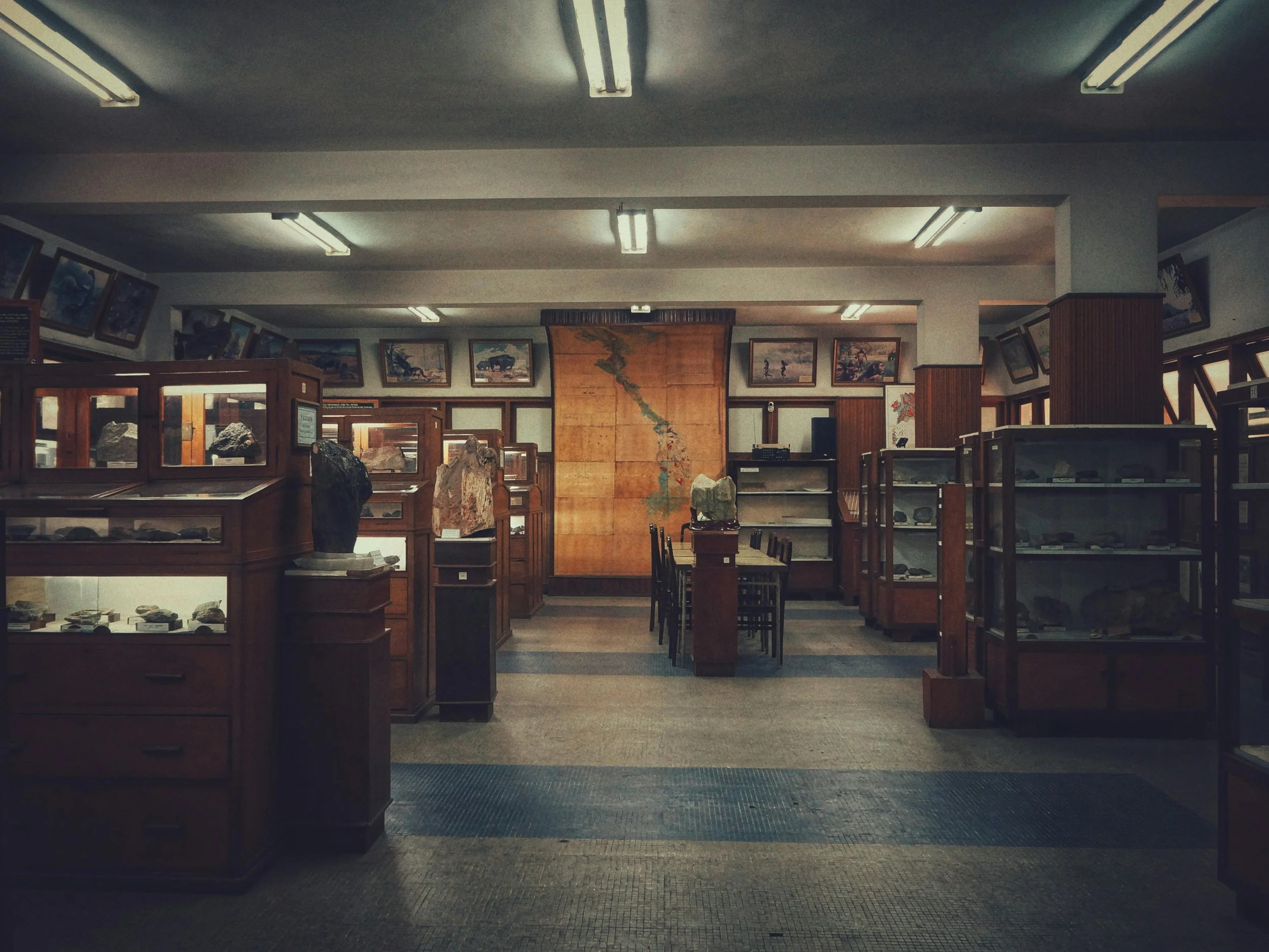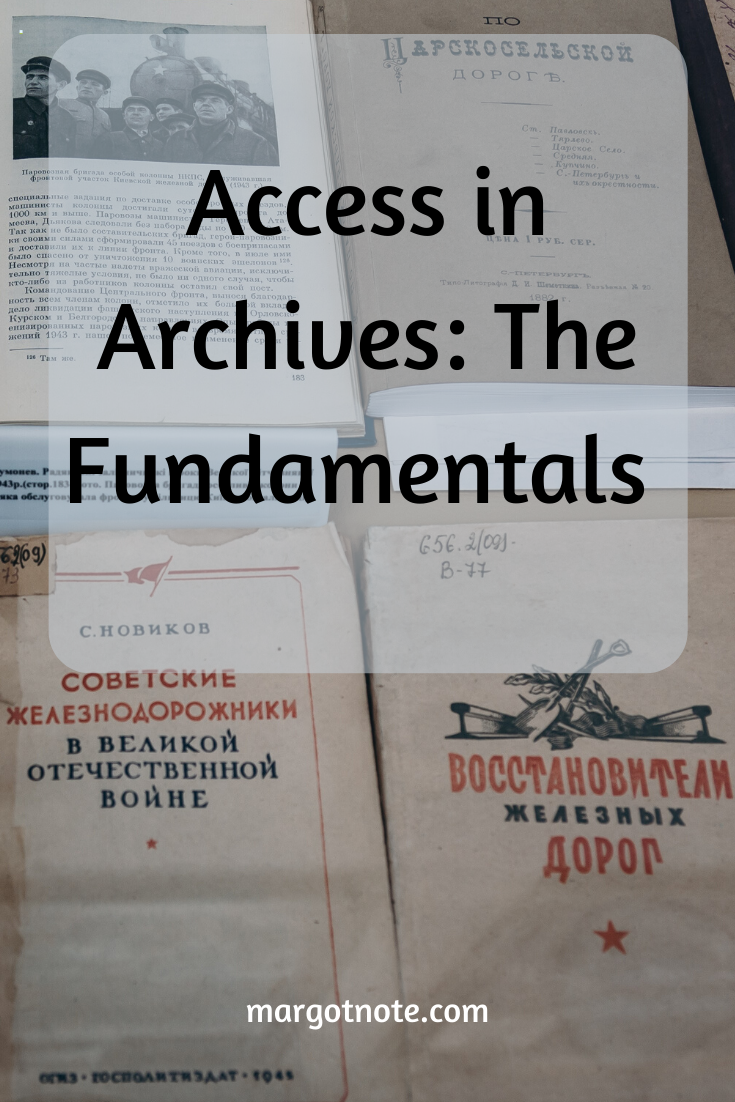Archives exist to be used by researchers. Access is a set of activities that links primary source materials to the public. Archivists should be able to answer questions about specific collections, such as their sizes, date ranges, the existence of correspondence by individuals, research restrictions, and copyright status, among other issues.
As custodians of records, archivists support transparency and openness, yet respect restrictions required by the law, professional ethics, and donor requirements. Archivists provide information about the repository, as well as information governing the use of the collections it preserves, which an access policy reflects. The policy should provide information about the restrictions in a way that’s clear and limited in scope and duration. Archivists ensure that restrictions are fairly applied to all users, avert unauthorized access, and offer the broadest use of archives by removing unwarranted hurdles to access.
Defining Access
Access may be defined in three ways:
Intellectual access is the theoretical aspect of how people seek and use materials, which include the arrangement and description of holdings, a variety of finding aids, and the methods of aiding, such as the reference interview.
Legal access has roots in the repository’s legal status with the materials, including the permission to use them, issues of confidentiality and open records, ethics, copyright, and reproduction.
Lastly, physical access means providing the opportunity to examine documents, including reading room procedures and security.
Providing access to archival materials is more complicated than for books, for example, because the diverse formats and subjects included in collections preclude simple descriptions or cataloging for a variety of reasons. The relationships among items within archival groupings are complex. Item-by-item access is often impossible and unnecessary. The research possibilities for a given body of materials may be broad so that various users can differently approach the collection. In addition, some researchers search for broad concepts while others seek specific facts.
Intellectual Access
Some thought leaders have suggested that there’s a tendency towards more fact-based research, where researchers are looking for bits of information rather than wading through quantities of material to synthesize. Genealogists are an excellent example of this phenomenon. Archivists tend to provide information about collections rather than from collections. Archivists need to strike a balance between providing access and doing the scholars’ work for them.
One stubborn issue is that archivists have traditionally been better at providing proper names than subject access and expecting researchers to be able to make connections. The archival research process then becomes more dependent on staff intervention if the user hasn’t become familiar with the topic from secondary sources.
Repositories have reference tools that archivists produced over time, some better than others. As a result, there are usually multiple generations of internal findings aids. Legacy finding aids is the term archivists used to describe these older guides. Archivists don’t always have time to bring previously described collections up to current standards of description and access. Even if an archives has excellent standards now, a lot of what archivists must work with is what their predecessors developed under different criteria.
Connecting Users to Collections
Access provides users with archival materials, through the repository’s system of reference services. It’s the ability to locate relevant information with descriptive tools. Organizations should open their archives to the greatest extent possible as these materials have significant value for understanding social, economic, religious, community, and personal history. Making archives accessible helps maintain institutional transparency and credibility, improves understanding of the organization’s history and contributions, and enhances the institution’s profile. The reference process, a collaborative meeting between user and archivist, can hone access to records of enduring value.
The blog was originally published on Lucidea's blog.































